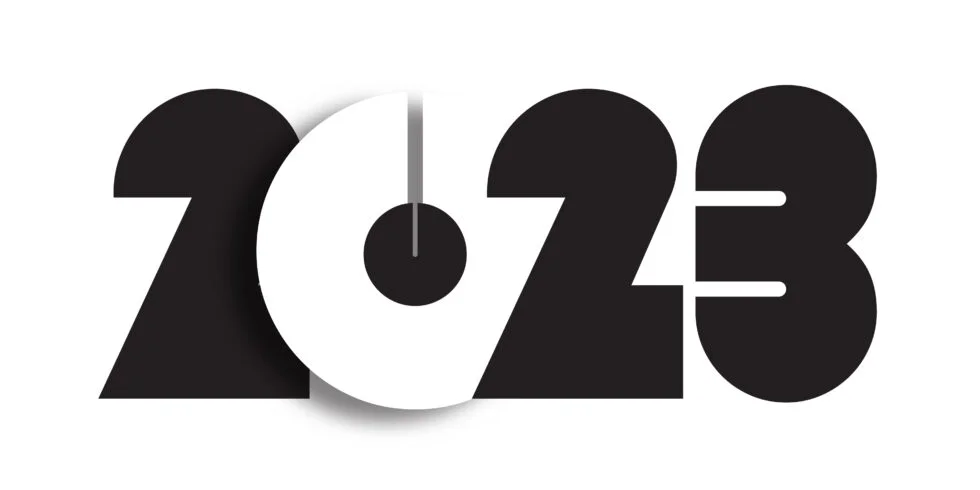While the word “Metaverse” was lost in the race to becoming Oxford Word of the Year, it certainly didn’t stumble when it came to becoming the “Lifestyle of the Year.” This word has caused a lot of buzz around the year and led to groundbreaking experiences. However, did it hold the fort in the previous year, or were they gimmicks to hold on to a target audience?
That is exactly what we will be discussing in this blog. Now, before we review the metaverse trends of 2022, make sure that you are up to date with what the metaverse is by reading our blog here.
WHAT WAS THE HYPE OF METAVERSE?

Alright, so this word took the world by storm. But how did this word become a household name? Let’s trace back to the origin of this word. The term “metaverse” first surfaced in “Snow Crash.” However, its journey toward a big name began with the conversion of Facebook into Meta.
Earlier, it was used to explore the concept of a virtual world. By the end of this year, the metaverse wasn’t just a platform where people maneuvered over a map but a place where people started to build and run businesses.
Let us take a look at the biggest metaverse trends of the year.
BRINGING SOCIAL MEDIA INTO A NEW DIMENSION OF METAVERSE

The advent of the metaverse converted the quintessential web2 application – social media – into a web3 element. Social media was one of the foundations that the metaverse was built on.
The social media and metaverse crossover allowed users to represent themselves with 3D avatars. Socializing was not just limited to texting each other or posting pictures of their latest day trip. Users could go beyond such actions and interact with each other in real time. They could put on their AR/VR devices and enter a virtual world to hang out with their contacts.
Now, imagine playing Blackjack at a virtual beach. In 2012, it would have seemed impossible. In 2022, however, it turned into an everyday activity.

GAMING INTO ANOTHER WORLD

The market size of the gaming industry hit a whopping $200 Billon in 2021. It was obvious enough that to ensure steady growth in the years to come, the game industry had to be up-to-date with technological trends. Now, what was to become the biggest trend of 2022? The metaverse, of course!
The debut of VR technology in the metaverse completely revolutionized the gaming industry. VR-incorporated gaming platforms created a semblance of being in a virtual environment via realistic 3D imagery, VR headsets, and sensory elements.
Moreover, gaming in 2022 wasn’t just limited to playing. Users had the option to earn real-life money by playing games via P2E gaming.
Read more about the world of gaming and the metaverse here.
A REALM OF INNOVATIVE MARKETPLACES

With the introduction of GameFi, financial and commercial activities slowly became a new norm in the metaverse. many brands also stepped into the metaverse to boost their business by targeting a younger audience. The metaverse heavily influenced the fashion biz. Luxury brands like Dior, Burberry, and Tommy Hilfiger established their influence on the virtual platform by offering NFT avatar clothing and real-life perks that could be purchased via the blockchain.
BUYING LAND VIRTUALLY
Moreover, metaverse marketplaces aren’t just limited to e-commercial activities. The real estate industry also took a step into this virtual platform. Now, buying land in virtual reality with actual money might have sounded crazy a decade ago. In 2022, however, it became something that everyone was crazy about.
One could buy, sell, rent or trade this digital land and build a business on this cyber real estate. Decentraland became a hub for real estate activities where people could build virtual architectural projects, showcase prototypes of real-life properties or even explore different areas of the digital world from the comforts of their homes.
DID THE METAVERSE LIVE UP TO ITS NAME?

While the metaverse was one of the biggest success stories of 2022, it was ironically one of the biggest failures. Why did this happen? A technology that could revolutionize the world as we see it and bring us an inch closer to the world we would see in sci-fi movies.
With tons of features like the ones listed above, it is no doubt that the concept of a virtual world is a very attractive one. It has something for every person, regardless of age or interests.
Now, the question is, “What led to the failure of the metaverse in 2022?” Let us take a look at why the metaverse was not successful the past year:
#1 ACCESSIBILITY
The first hurdle faced by a majority of users was that of accessibility. The metaverse primarily requires an internet connection to be accessed by users. However, internet access is only guaranteed in some corners of the world.
#2 DEVICE COMPATIBILITY
Another issue that divided the community was device compatibility. Not all devices are compatible with every metaverse platform. Similarly, only some devices compatible with such platforms are affordable to some populations.
#3 LACK OF AWARENESS
While the metaverse was a very clear and attractive concept for tech geeks, it still took some time to settle into the minds of commoners. The older generation had just become familiar with web 2, i.e., social media, and the metaverse onset puzzled them.
#4 TOO SOON?
All these factors prove that it was too soon for the metaverse to come into play. While some people welcomed it with open arms, the metaverse still needs to be built for every generation.
WILL 2023 BE THE META-YEAR?

Now, while we are just one month into the year, the metaverse has slowly settled in amongst a good percentage of the population.
Businesses have started to adopt the metaverse and blockchain technology to reach out to a wider audience in a more immersive way. It has been predicted that the metaverse will consolidate technologies and expand beyond virtual showrooms.
If all of these predictions do come through and more & more enterprises familiarise their audience with the metaverse concept, we are close to the day when the metaverse will become our new normal.










 (03KEUPK4394K1ZN)
(03KEUPK4394K1ZN)